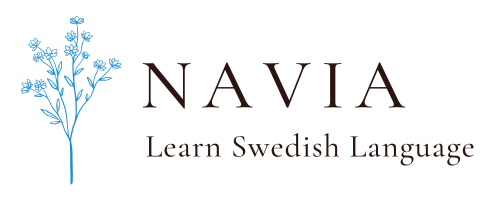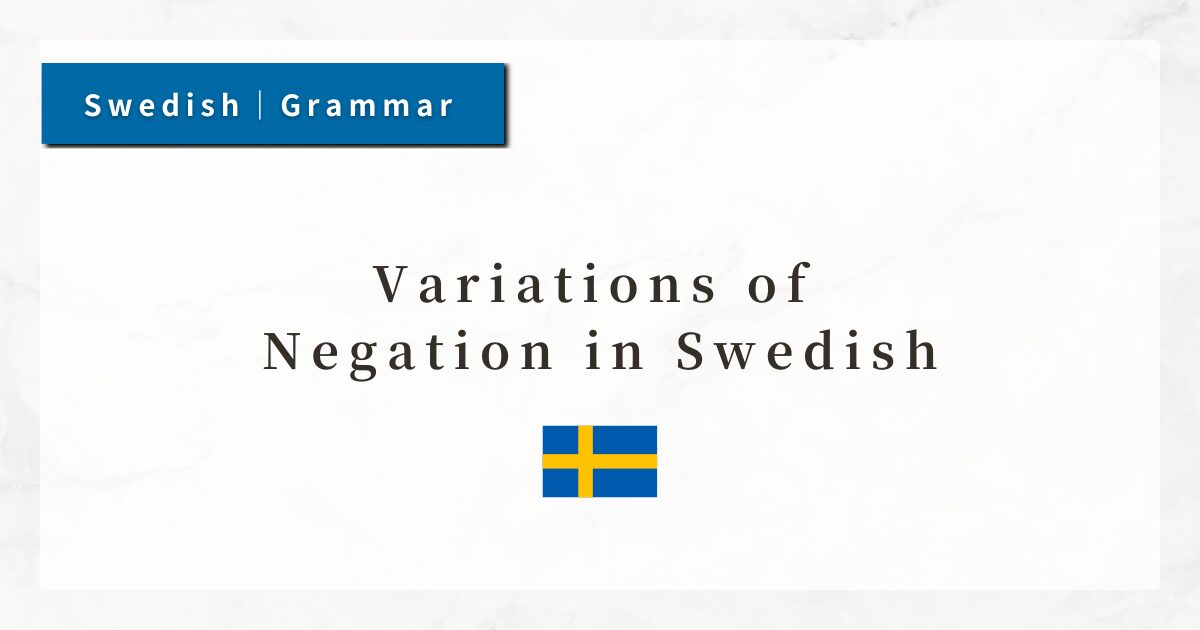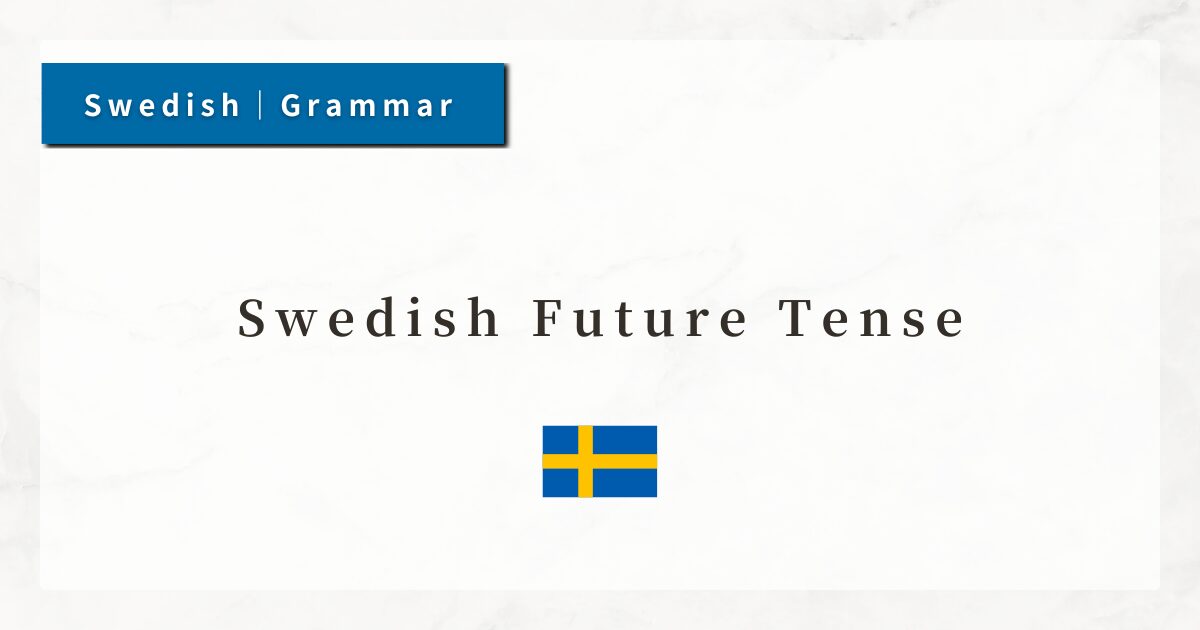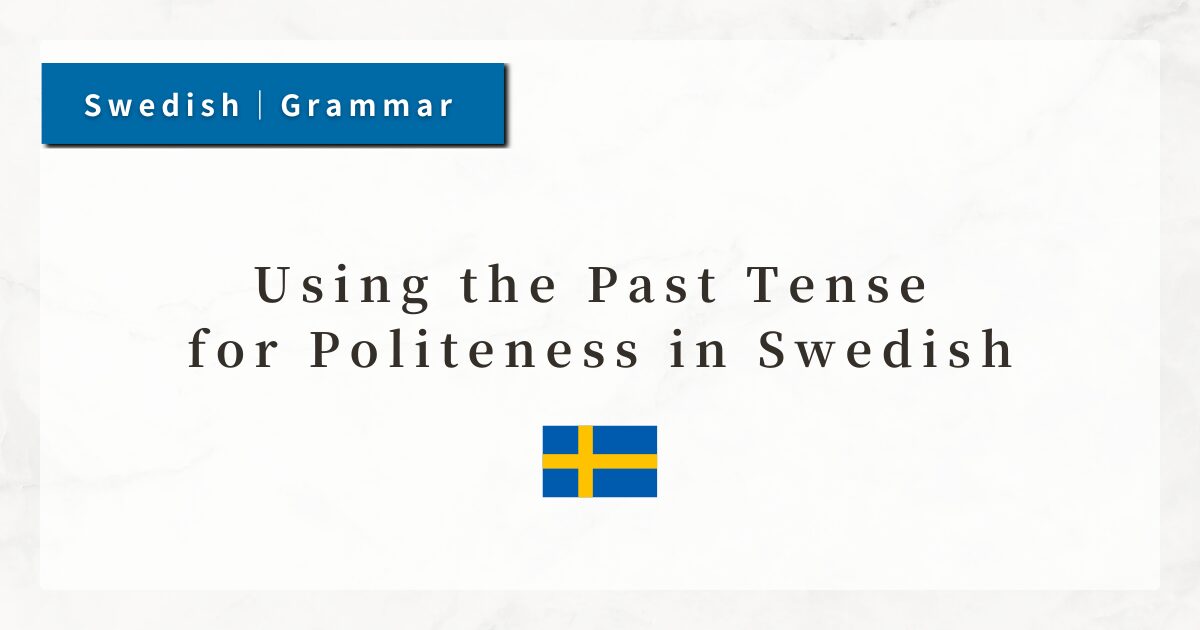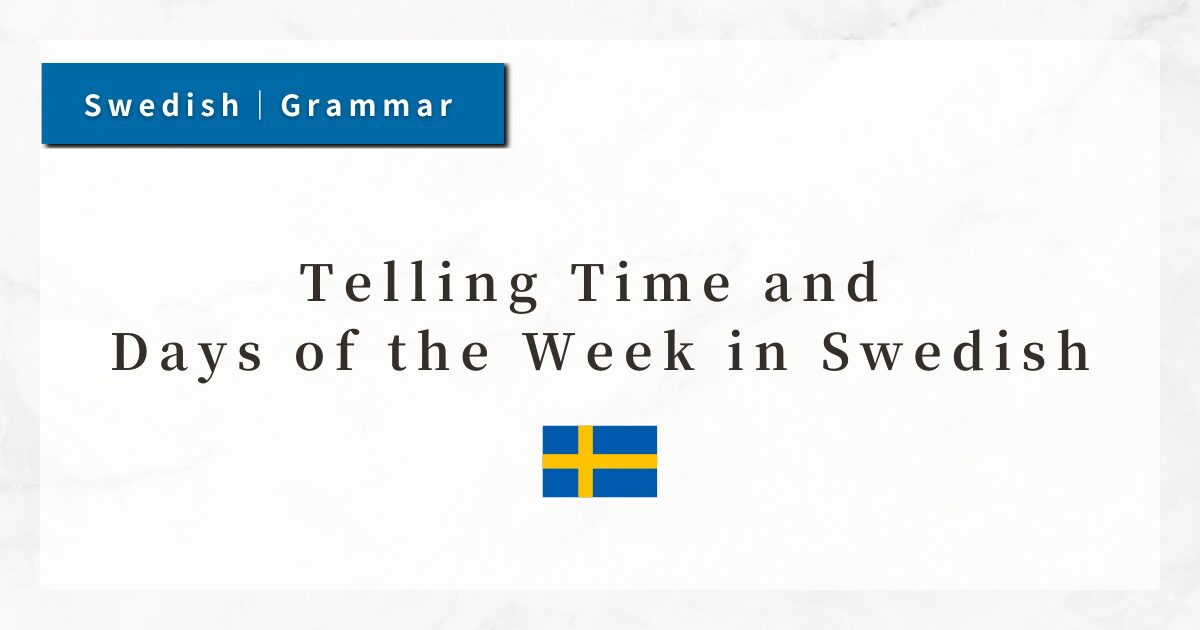#5 Swedish Noun Plurals|Plural Rules and Example Sentences
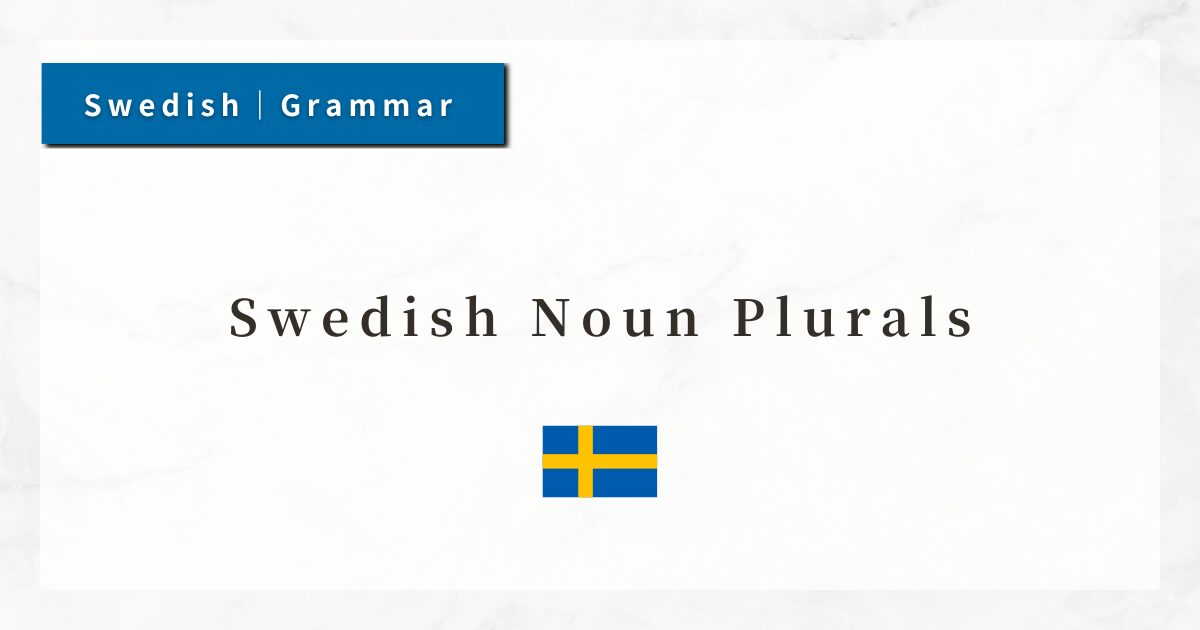
In Swedish, as in English, nouns have both singular and plural forms. However, unlike English, the way plural forms are formed depends on the noun’s ending and its gender (common or neuter).
In this lesson, I explain the rules for forming plurals in Swedish, covering the basic ending patterns, irregular forms, and common points of confusion for beginners.
1. Noun Gender and Plural Forms
Swedish nouns have both singular and plural forms.
As in English, it is necessary to distinguish whether there is only one of something or more than one. However, plural forms in Swedish are slightly more complex than in English.
In English, we usually just add -s to form the plural. In Swedish, however, the plural ending changes depending on the noun’s gender (common / neuter) and its word ending.
First, as a review, there are two genders for Swedish nouns:
- Common gender nouns : preceded by “en”
- Neuter gender nouns : preceded by “ett”
The gender of a noun also affects its plural ending.
- en flicka (girl) → flickor (girls)
- ett äpple (apple) → äpplen (apples)
When learning nouns, it is important to make a habit of memorizing both their gender (en / ett) and their plural form.
2. Basic Plural Patterns
Swedish plurals are formed by adding a specific ending to the noun. Below are the five representative plural patterns:
- -or type: Common gender nouns ending in -a
→ add -or - -ar type: Common gender nouns ending in -e or a consonant
→ add -ar - -er type: Common gender nouns with irregular changes
→ add -er (often with vowel changes) - -n type: Neuter nouns ending in a vowel
→ add -n - Unchanged type: Neuter nouns ending in a consonant
→ no change in form
In addition, some nouns are irregular or have exceptional forms.
3. Detailed Explanation by Ending Pattern
3-1. -or type: Common gender nouns ending in –a
This pattern applies to common gender nouns ending in “-a.” The plural changes the ending from “-a” to “-or.”
- en flicka (girl) → flickor
- en klocka (clock) → klockor
- en pojka (girl) → pojkor
The stem remains unchanged; only the ending changes from “-a” to “-or.”
3-2. -ar type: Common gender nouns ending in -e or a consonant
Nouns ending in -e or in certain consonants form their plural with -ar.
- en pojke (boy) → pojkar
- en stol (chair) → stolar
- en bil (car) → bilar
3-3. -er type: Common gender nouns with irregular changes
This type is more complex, as vowel changes in the stem often occur (o → ö, a → ä). It is common among older or frequently used words.
- en bok (book) → böcker (o → ö + -er)
- en stad (town) → städer (a → ä + -er)
- en hand (hand) → händer
Since many high-frequency words follow this pattern, memorization is essential.
3-4. -n type: Neuter nouns ending in a vowel
Neuter nouns ending in a vowel take -n in the plural.
- ett äpple (apple) → äpplen
- ett hjärta (heart) → hjärtan
This pattern is relatively regular—if a neuter noun ends in a vowel, you can usually form its plural by adding -n.
3-5. Unchanged type: Neuter nouns ending in a consonant
Neuter nouns ending in a consonant do not change in form for the plural.
- ett hus (house) → hus
- ett bord (table) → bord
- ett brev (letter) → brev
In such cases, whether the noun is singular or plural is determined by context or by the article (definite / indefinite).
4. Irregular Nouns and Notable Changes
Some Swedish nouns do not fit into the patterns above:
- en man (man) → män (men)
- en mus (mouse) → möss (mice)
- en gås (goose) → gäss (geese)
These irregular changes must be learned individually, ideally by checking their plural forms in a dictionary.
5. Summary
- Swedish nouns are classified as common or neuter, and their plural forms differ accordingly.
- There are five main plural patterns (-or, -ar, -er, -n, unchanged), used depending on the noun’s gender and ending.
- Some nouns are irregular and must be learned as exceptions.
- When learning a noun, it is effective to memorize both its gender (en / ett) and its plural form together.
